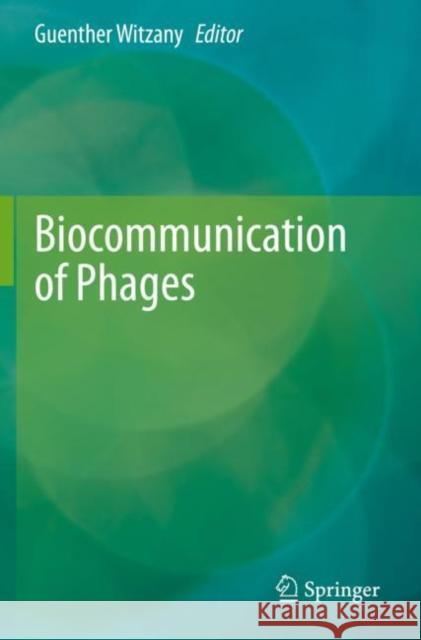Biocommunication of Phages » książka
topmenu
Biocommunication of Phages
ISBN-13: 9783030458874 / Angielski / Miękka / 2021 / 502 str.
Biocommunication of Phages
ISBN-13: 9783030458874 / Angielski / Miękka / 2021 / 502 str.
cena 726,29
(netto: 691,70 VAT: 5%)
Najniższa cena z 30 dni: 693,97
(netto: 691,70 VAT: 5%)
Najniższa cena z 30 dni: 693,97
Termin realizacji zamówienia:
ok. 22 dni roboczych
Bez gwarancji dostawy przed świętami
ok. 22 dni roboczych
Bez gwarancji dostawy przed świętami
Darmowa dostawa!
Kategorie:
Kategorie BISAC:
Wydawca:
Springer
Język:
Angielski
ISBN-13:
9783030458874
Rok wydania:
2021
Wydanie:
2020
Ilość stron:
502
Oprawa:
Miękka
Wolumenów:
01











